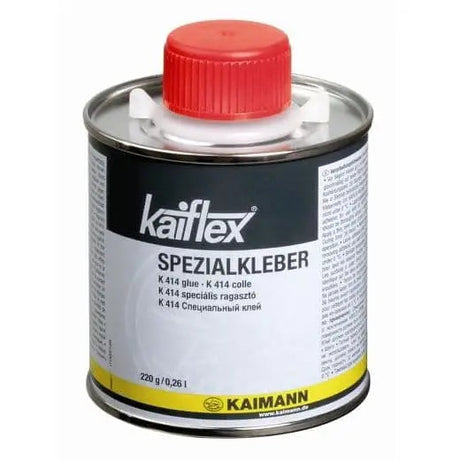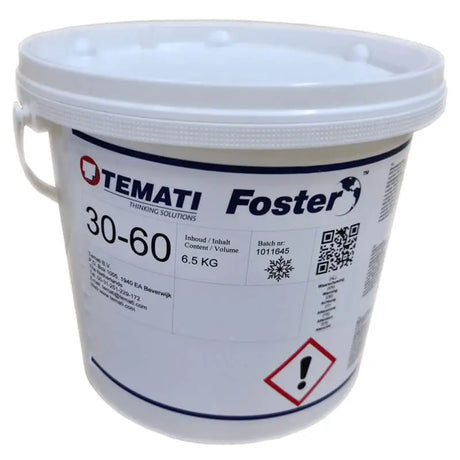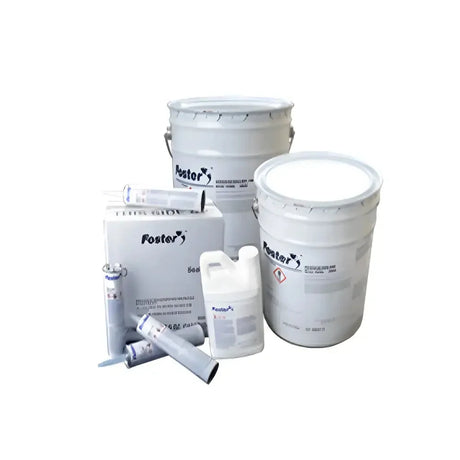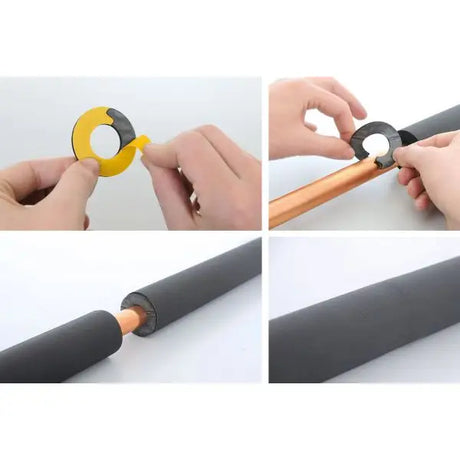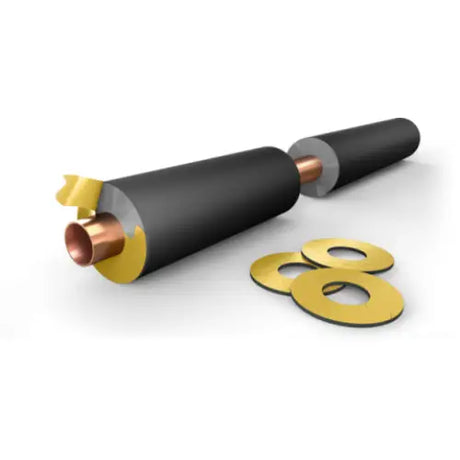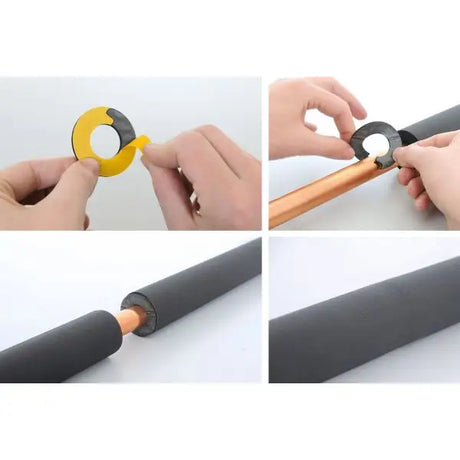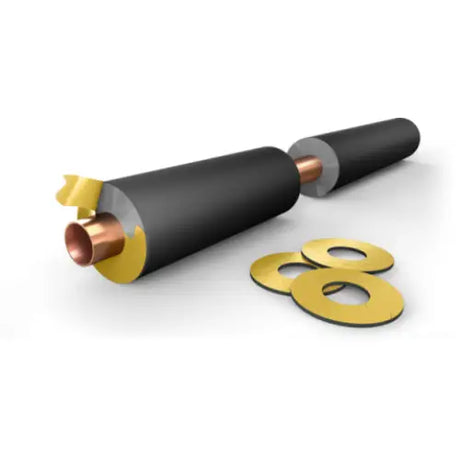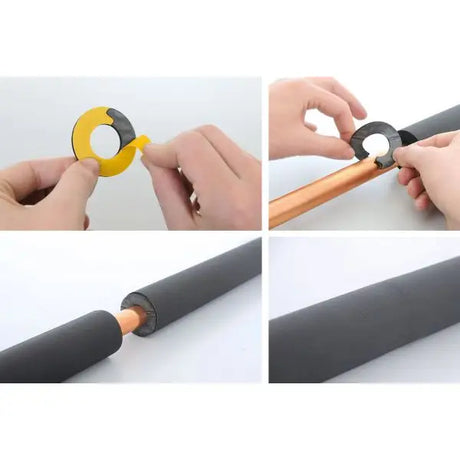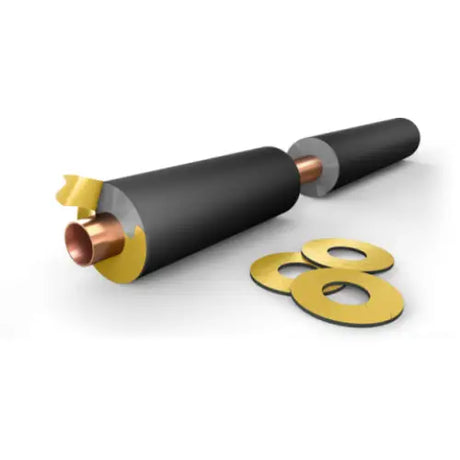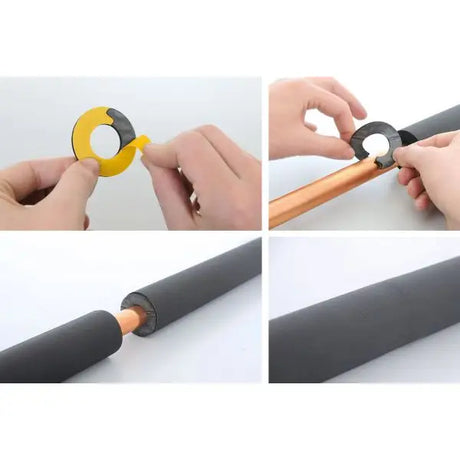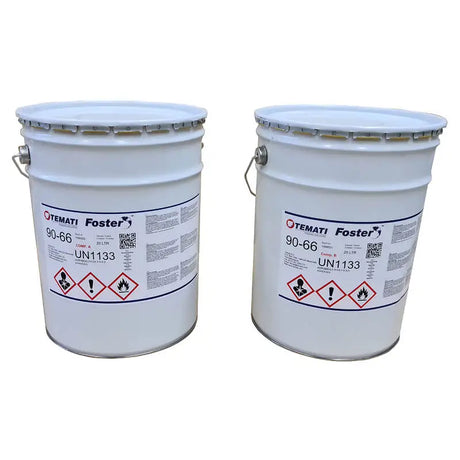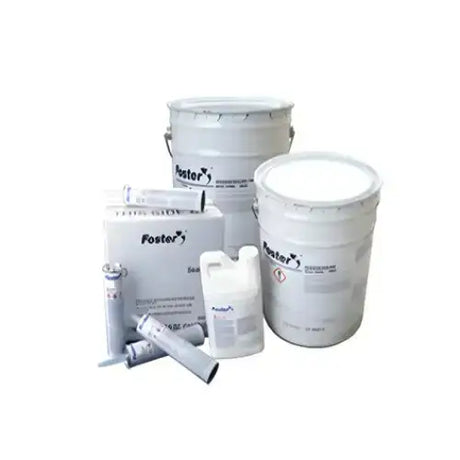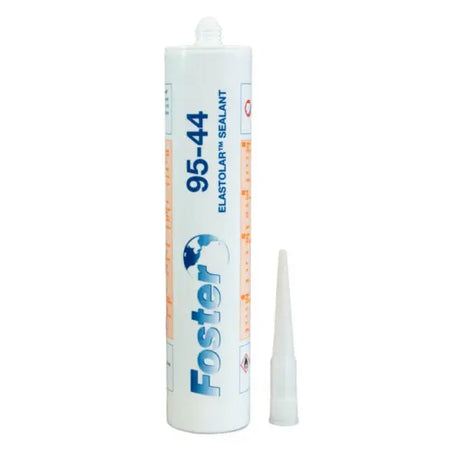In piping systems, bends and joints are used to change the direction of the flow of a fluid or gas, to connect different sections of pipe, or to terminate a pipe. The following are some of the most common types of bends and joints used in piping systems, and each type serves a specific purpose in the flow of fluids and gases through pipes.
Types of Joints
Elbow Joints
An elbow is a type of bend that changes the direction of a pipe by 90 or 45 degrees. There are several types of elbows, including long-radius elbows, short-radius elbows, and reducing elbows.
- Short Radius Elbow: A short radius elbow has a centerline radius equal to the pipe diameter. It is used when space is limited and where a tight radius bend is required.
- Long Radius Elbow: A long radius elbow has a centerline radius equal to 1.5 times the pipe diameter. It provides a smooth, gradual bend and is commonly used in piping systems to reduce pressure drop and increase flow capacity.
- 45 Degree Elbow: A 45-degree elbow is a common type of elbow joint that makes a 45-degree turn. It is used in pipelines where a sharp turn is needed.
- 90 Degree Elbow: A 90-degree elbow is the most commonly used type of elbow joint. It makes a 90-degree turn and is used in a variety of applications, including HVAC, plumbing, and industrial piping systems.
- 180 Degree Elbow: A 180-degree elbow is used in applications where a full U-turn is needed. It is commonly used in applications where fluid or gas needs to be redirected in the opposite direction.
Tee Joints
A tee is a type of joint that connects three pipes at a 90-degree angle. Tees are commonly used to branch off a main line to another direction.
- Straight Tee: A straight tee has the same diameter on both inlet and outlet sides, allowing for an equal flow of fluid or gas.
- Reducing Tee: A reducing tee has a smaller diameter on one side compared to the other, which allows for a reduction in the flow of fluid or gas.
- Split Tee: A split tee has a removable center section, allowing for maintenance or repair without disconnecting the entire system.
- Barred Tee: A barred tee has a center bar or crosspiece, which adds stability and helps to distribute the load evenly.
- Equal Tee: An equal tee has all three sides of the same diameter, making it an ideal choice for systems where an equal flow is desired.
- Unequal Tee: An unequal tee has unequal diameter on all three sides, making it a suitable option for systems where unequal flow is desired.
Each type of tee joint has its own advantages and disadvantages and is used for different applications, depending on the specific requirements of the system.
Cross Joints
Cross joints, also known as cross fittings, are connections used in plumbing or piping systems to allow the flow of fluid or gas in multiple directions. They typically connect four pipes at a 90-degree angle and the following are some of the common types of cross joints:
- Equal Cross: A fitting that has four equal-sized openings, allowing fluid to flow in any direction.
- Reducing Cross: A fitting that has four openings of different sizes, allowing fluid to flow in any direction while reducing the diameter of the pipe.
- Double Tapped Cross: A fitting that has two branches of the same size, each with a threaded opening for connecting pipes.
- Cross and Baffle: A fitting that has four openings and a built-in baffle, used to control fluid flow and prevent turbulence.
- Cross and Blank: A fitting that has four openings and a blank or closed end, used to block fluid flow in one direction.
Couplings
Couplings are mechanical components used to connect two sections of piping or ducting, and there are several types of couplings commonly used in piping systems, including:
- Flange coupling - used to connect two sections of piping using flanges and bolts.
- Mechanical coupling - use a mechanical device to connect the two sections of pipe, such as a compression fitting or clamp.
- Slip coupling - used to connect two sections of pipe by slipping one end of one pipe into the other.
- Socket weld coupling - used to connect two sections of pipe that are welded together at a socket joint.
- Butt weld couplings - used to connect two sections of pipe that are welded together end-to-end.
- Compression couplings - use a compression nut and ferrule to connect two sections of pipe.
- Expanding couplings - used to connect two sections of pipe with different diameters by expanding one end to fit the larger diameter.
Union Joint
A union is a type of joint that allows two pipes to be disconnected and reconnected without having to cut the pipes.
- Threaded Union: These unions use threaded connections to connect pipes. They are typically used with metal pipes and are considered to be a reliable option for high-pressure applications.
- Socket Weld Union: These unions are used to connect pipes using a socket that is welded to the end of the pipe. They are often used with smaller-diameter pipes and are typically used in low-pressure applications.
- Flange Union: Flange unions use a flange to connect pipes and are often used in high-pressure applications where a leak-proof seal is required.
- Compression Union: Compression unions use a compression ring that is tightened around the outside of the pipe to make a tight seal. They are typically used with plastic pipes and are often used in low-pressure applications.
- Victaulic Union: Victaulic unions use a mechanical coupling system to connect pipes. They are often used in large-diameter pipe systems and are used in high-pressure applications.
Cap Joint
In plumbing and piping systems, a cap joint is a type of fitting used to close the end of a pipe. Some common types of cap joints include:
- Socket end cap: A socket end cap fits over the end of a pipe and is typically secured with a solvent cement or threaded connection.
- Threaded end cap: A threaded end cap has internal threads that match the threads on the end of a pipe. It is screwed into place to seal the end of the pipe.
- Welded end cap: A welded end cap is a plate or disk that is welded to the end of a pipe to close it off.
- Flanged end cap: A flanged end cap is a plate with a flange that is bolted to the end of a pipe. It is typically used in high-pressure or high-temperature piping systems.
Adapters
Adapters are fittings that allow different types of pipes or pipe systems to be connected together. The types of adapters include:- NPT to NPT adapters: These are used to connect two pipes with different National Pipe Threads (NPT) sizes.
- Flange adapters: These are used to connect flanged pipes to pipes with NPT or other thread types.
- Mechanical joint adapters: These are used to connect mechanical joint pipes to pipes with other thread types.
- Grooved end adapters: These are used to connect pipes with grooved ends to pipes with different thread types.
- Cam and groove adapters: These are used to connect pipes with cam and groove couplings to pipes with other thread types.
- Hose shank adapters: These are used to connect hoses to pipes with different thread types.
- Compression adapters: These are used to connect pipes with compression fittings to pipes with different thread types.
Reducer Joints
Reducers are pipe fittings used to connect pipes of different diameters. They come in several different types:
- Concentric reducers - These reducers have a centerline that is in line with both pipes, and they have a smaller diameter on one end and a larger diameter on the other.
- Eccentric reducers - Unlike concentric reducers, eccentric reducers have a centerline that is not in line with the pipes. One end has a smaller diameter, while the other end has a larger diameter.
- Dish-end reducers - Dish-end reducers have a rounded, flat shape that tapers from one end to the other, and they are used to transition from a larger pipe to a smaller one.
- Plate reducers - Plate reducers are used to connect pipes of different diameters, and they are similar to concentric reducers. However, they are made from a flat plate and are used in heavy-duty applications.
- Collar reducers - Collar reducers are used to transition from a smaller pipe to a larger one. They have a collar-like shape that fits around the larger pipe, and a smaller diameter on the other end.
Expansion Joints
An expansion joint is a type of joint that allows for thermal expansion and contraction in a piping system. They are designed to absorb movement and thermal expansion in pipes, ducts, and other systems. There are several types of expansion joints including:
- Bellows type expansion joints - These use metal bellows to accommodate movement in the piping system.
- Fabric expansion joints - These use flexible fabric material to accommodate movement in the piping system.
- Rubber expansion joints - These use rubber to accommodate movement and absorb shock in the piping system.
- Slip-type expansion joints - These are used to absorb movement and thermal expansion in pipelines.
- Universal expansion joints - These are designed to accommodate movement and thermal expansion in multiple directions.
Types of Bends
There are several types of bends used in piping and ductwork, including:
- Long radius bend: A smooth, gradual bend with a centerline radius that is 1.5 to 2 times the diameter of the pipe or duct.
- Short radius bend: A sharper bend with a centerline radius that is equal to the diameter of the pipe or duct.
- Return bend: A U-shaped bend that is used to change the direction of the flow in a piping or ductwork system.
- Mitered bend: A bend that is angled at 45 degrees or another specific angle, used in situations where the direction of flow needs to change and a long radius bend is not feasible.
- Offset bend: A bend used to redirect the flow of a piping or ductwork system by a specified distance and direction.
- Bumper bend: A bend used to absorb shock or vibration in a piping or ductwork system.
These are the most common types of bends and joints used in piping systems. The type of cap joint used will depend on the type of pipe, the pressure and temperature conditions, and other factors such as installation requirements and cost.


